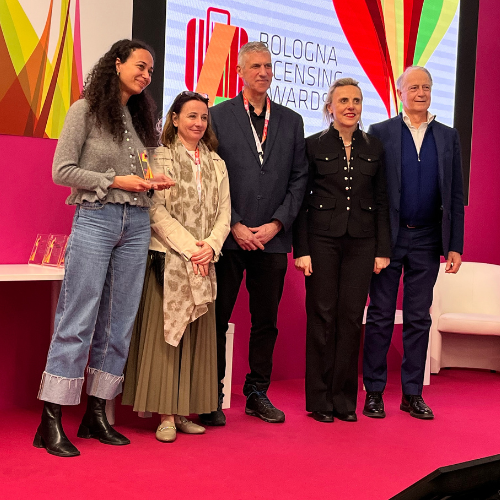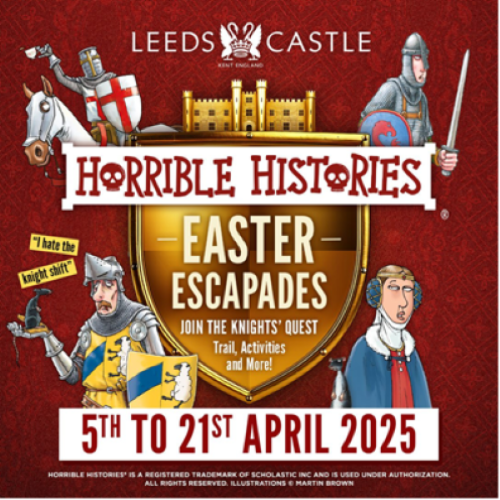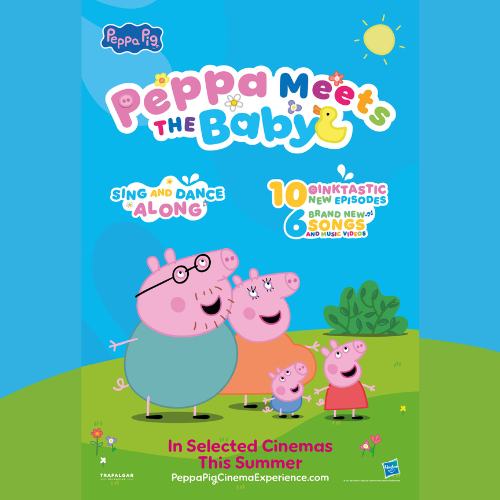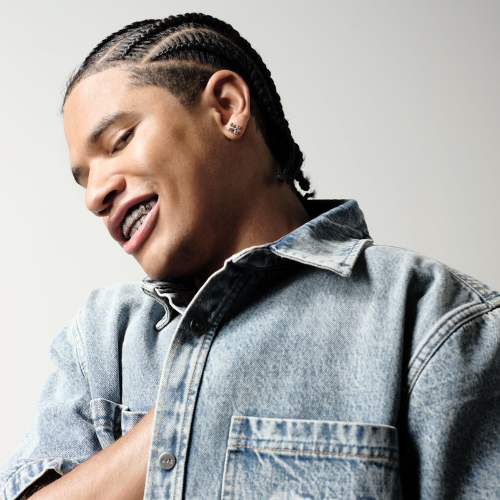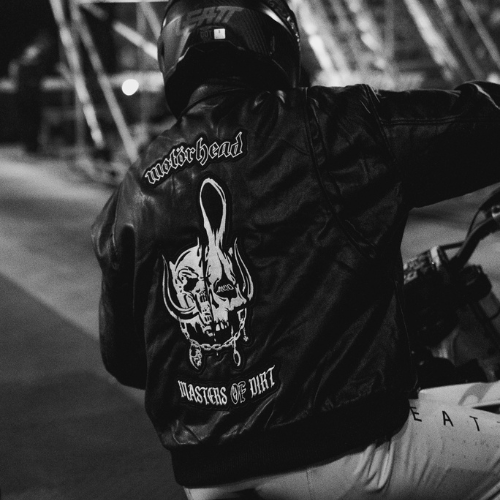Start Licensing’s Ian Downes is reliving his childhood this week, with the re-discovery of Lucky Bags.
One of my favourite childhood products was a Lucky Bag – a bag that felt like it was made with greaseproof paper sealed up which you opened to find ‘surprise’ contents like sweets and small toys. Life was simpler then!
I don’t remember these being licensed ones featuring ‘famous’ characters but I have to admit as a eight year old boy I wasn’t as ‘licence aware’ as I am now. Perhaps the Professor of Lucky Bags Carl Richardson can enlighten me to the history of the product.
Given the fact it was a childhood favourite of mine, it was a great pleasure to work with Mr Lucky Bags and Professor Carl himself several years later to develop licensed Lucky Bags. I remember at Fox Kids we developed a fantastic product with them: I believe by then the Lucky Bag had morphed into a Surprise Bag. Then sadly luck ran out for Mr Lucky Bags and the company ceased trading.
This was about ten years ago and since then Lucky Bag-style products have featured in the confectionery aisles and other applications such as promotions – we developed a Lucky Bag for Brewer’s Fayre with The Beano for example.
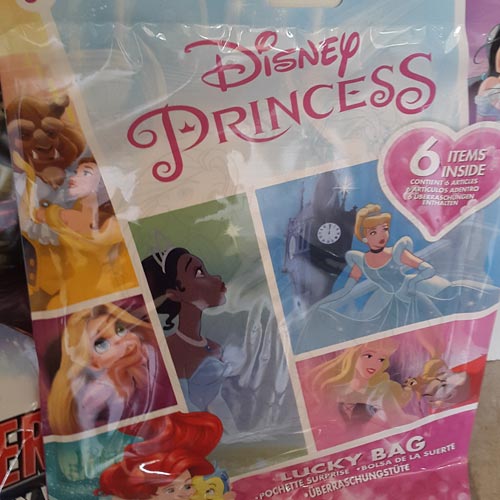
So I was pleased to see a range of Lucky Bags in WH Smith this week. They featured licences such as Disney Princess and Marvel Avengers. They were positioned with the comics and magazines. I presume they are sold in as news-trade items rather than confectionery lines.
The bags are produced by Ultimate Source, based in Germany and appear to be developed as pan European products. They seem a simpler proposition than the Lucky Bags of old. The bags contain six items, broadly speaking stationery-based ones with no confectionery. And there is no surprise as the contents is called out on the bag – probably a modern requirement but undermining the excitement associated with the product a little.
It is good to see the product format back and it also provides an insight into changing dynamics in licensing – the rise of pan European licensees and the increasing likelihood that licensees are not always going to be UK-based. Ultimate Source seem to be linked to a Far East-based sourcing company reinforcing the globalisation of licensing.
The product contents also looks higher spec than the bags I remember – again an example of the trend in licensing that is seeing a shift to higher quality of product. While I think this is the overarching trend, it would be a shame to see the growth in licensed product sales in channels such as value retail undermine this with a gear change down in quality terms. Value and quality can live together.
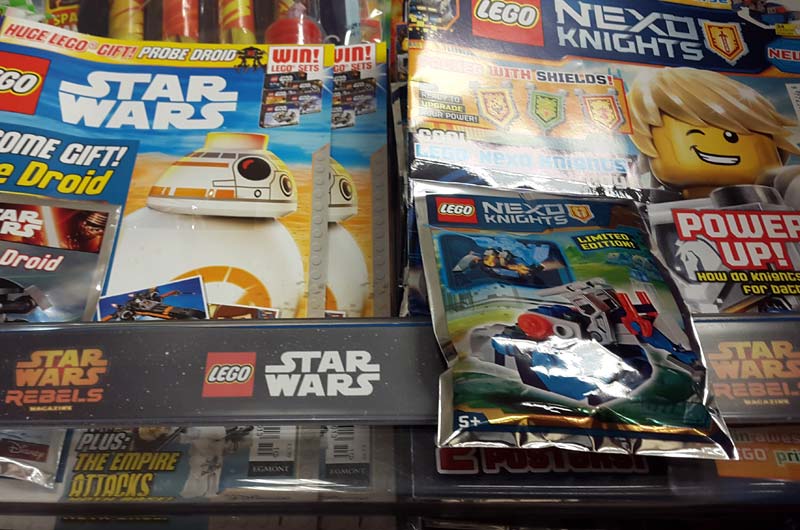
The strength of LEGO in licensing terms and in the magazine sector was reinforced this week in my local Tesco. Within a well stocked fixture LEGO really stood out. I spotted three titles: LEGO Ninjago, Star Wars and Nexo Knights. Another title Star Wars Rebels was promoted with shelf strips.
The titles also featured LEGO-filled blindbag covermounts. For parents buying for children this represents a great combination – a brand they can trust, a good quality toy coupled in some cases with ‘hot’ licences. A powerful combination.
Given their strong presence I assume the market can support multiple titles, but a challenge must be to sustain sales levels across the titles not least to maintain the much sought after supermarket listings.
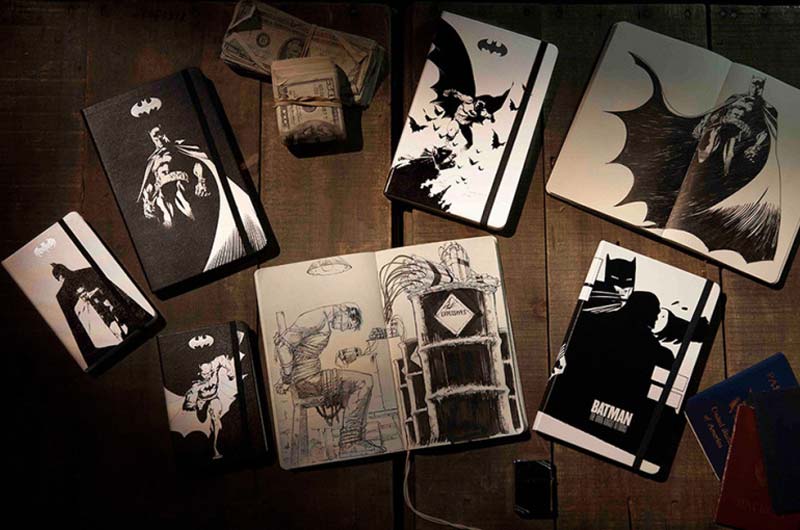
I referenced the pan European trend in licensing earlier and the improvements in product quality. I think both of these trends have been fired up in part by the higher frequency of partnerships with established brands deployed by licensors. Often in apparel but not always.
Related to this point is the latest product range from stationery brand Moleskine. They have launched a line of Batman v Superman notebooks. From a standing start, the company have developed some fantastic licensed products and this latest one is no exception. The product presents well and is stylish making it an attractive gift or self purchase for older consumers. This latest range is Limited Edition and comes with stickers.
I am sure for more ‘mature’ consumers it is a stylish way of tapping into their fandom and expressing some individuality in the office. I am guessing these kind of licensing deals forged on a multi territory basis have helped Moleskine reach new consumers and enlivened their brand. It has also helped cement their retail position in mid-market retailers such as Foyles and Waterstone’s.
I think a lot of rights holders will be knocking on Moleskine’s door, not least as most executives would want to walk into a meeting with ‘their’ character featured on the product.

In the apparel market I think Chunk should be applauded for the consistent ability to offer fresh, topical and interesting design work.
The latest designs I spotted were on t-shirts in JOY featuring Snoopy as Snoop and Charlie Brown as Bowie.
This is a further example of quick feet in design terms and a licensor being prepared to show some flex with their attitude to design. In fast fashion, especially for young adults, there has to be some dynamism and flexibility in design terms. A rigid approach will probably see a brand stagnate in this category.
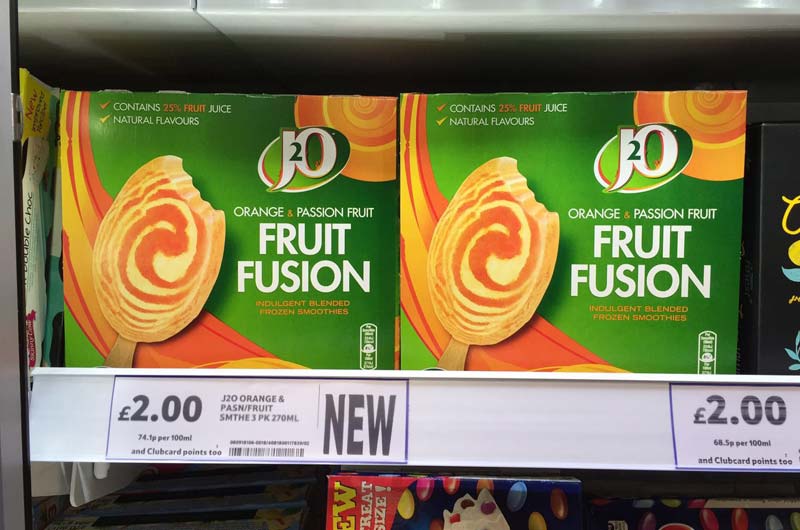
Finally it is always nice to see your own products come to fruition especially ones that you have worked closely on and ones that really represent a brand (and licensing) well.
So I was delighted to see the J20 Fruit Fusion frozen smoothies launch in Tesco and receive some fantastic placement in store. This has taken around 18 months to achieve and is a good example of the fact that brand licensing can take some time. This is often linked to retail space and buying seasons rather than NPD issues. I am glad we made it and well done to Brand of Brothers for developing a great product.
Let’s hope the sun does its bit now!












